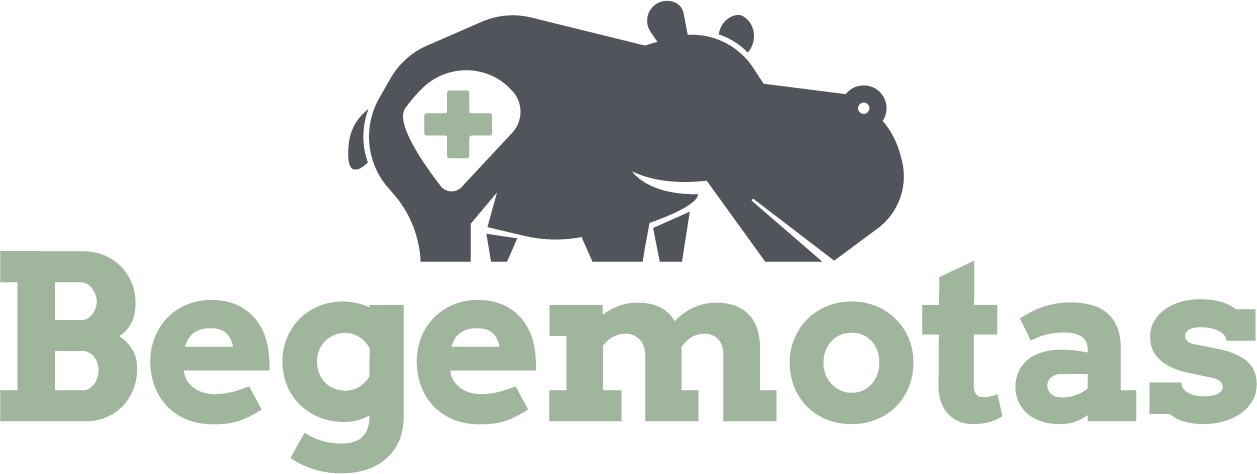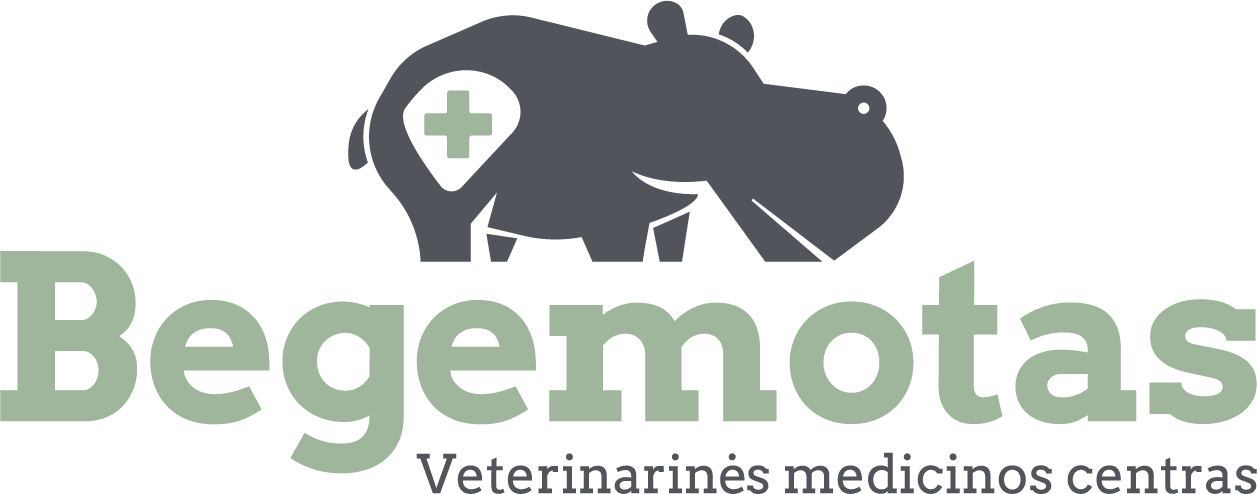All dog owners want a healthy, happy, and energetic pet. In addition to daily care, vaccinations, deworming, and training, a dog’s diet is also very important. Proper nutrition can ensure a long and healthy life for your puppy.
Table of contents
How is dog nutrition classified in the veterinary world?
- Dog nutrition with dry complete feed
- Dog nutrition – BARF, where your pet gets the necessary nutrients not only from meat, but also from vegetables, berries, and fruits
- Dog nutrition with raw meat – RAW
When choosing the most suitable diet for dogs, it is very important to follow the recommended guidelines so that your pet receives all the necessary nutrients. As with human nutrition, the balance between the amount of food consumed, age, and physical activity is very important in dog nutrition.
It is also very important to ensure that your pet has enough clean water and that the food it receives is suitable for consumption (not spoiled).
Dry dog food
When choosing dry dog food, it is very important to pay attention to its composition. Meat should make up the majority of the food’s composition and should be listed as the first ingredient.
Some of the best-known dry food manufacturers divide their products into three classes:
- economy
- premium
- super premium
Different classes of feed indicate the ratio of meat and grains and other additives. The higher the meat content in dry feed, the higher the class of feed. It is best to choose super premium or premium class feed. Super premium class dog feed contains at least 50% meat.
When choosing dry food for your pet, it is also important to pay attention to the type of meat used in the feed. This is especially important if your pet is allergic to certain meat proteins.
When and how to wean dogs onto dry food?
We recommend introducing puppies to dry food at six to eight weeks of age. Proper nutrition will ensure your pet’s normal and healthy development.
Puppies should be introduced to puppy food, then at 8-12 weeks of age, they should be introduced to junior food, and from one year of age, they should be fed adult food.
All daily nutritional requirements for dogs are indicated on each food package according to the weight of an adult dog.
Most veterinary diets, also known as therapeutic dog foods, are in the form of dry food. However, it is very important to know that all therapeutic foods are produced using special technologies, during which meat proteins are broken down into small amino acids so as not to cause allergies.
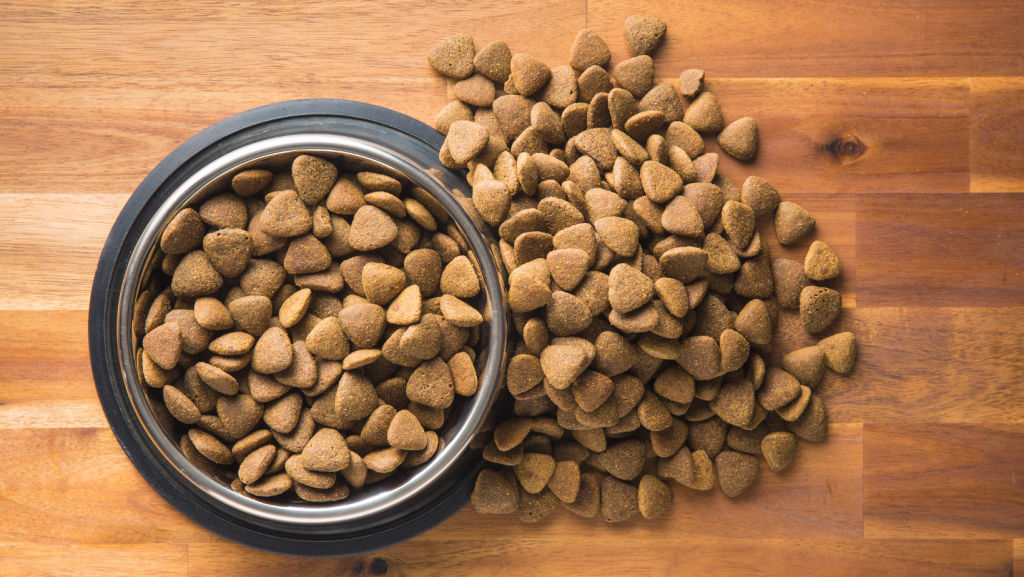
BARF dog nutrition
Although dogs are carnivorous predators by nature, scientists analyzing the diet of wolves living in the wild have repeatedly noted that wolves enjoy eating various berries, herbs, and other vegetation.
The BARF (Biologically Appropriate Raw Food) principle of dog nutrition includes not only raw meat, but also vegetables, berries, and fruits in the diet. The meat in the BARF diet provides dogs with plenty of protein and other nutrients, while the vegetables, berries, and fruits provide additional substances that are beneficial to the immune system and are not found in any other food sources.
Plant-based foods also supplement a dog’s diet with antioxidants, fiber, magnesium, calcium, potassium, vitamins C and B, and other vitamins that are very important for the body.
Leafy greens (again, spinach is irreplaceable here) are rich in magnesium, which is often lacking in a raw diet. Another important advantage of the BARF diet is that vegetables and berries help maintain the proper balance of acidity and alkalinity.
BARF dog food manufacturers indicate the daily allowance on the packaging, just like dry food manufacturers, based on the dog’s age, weight, and activity level. To ensure the happiness and health of your pet, it is very important to follow the recommended guidelines to avoid nutrient deficiencies and excesses.
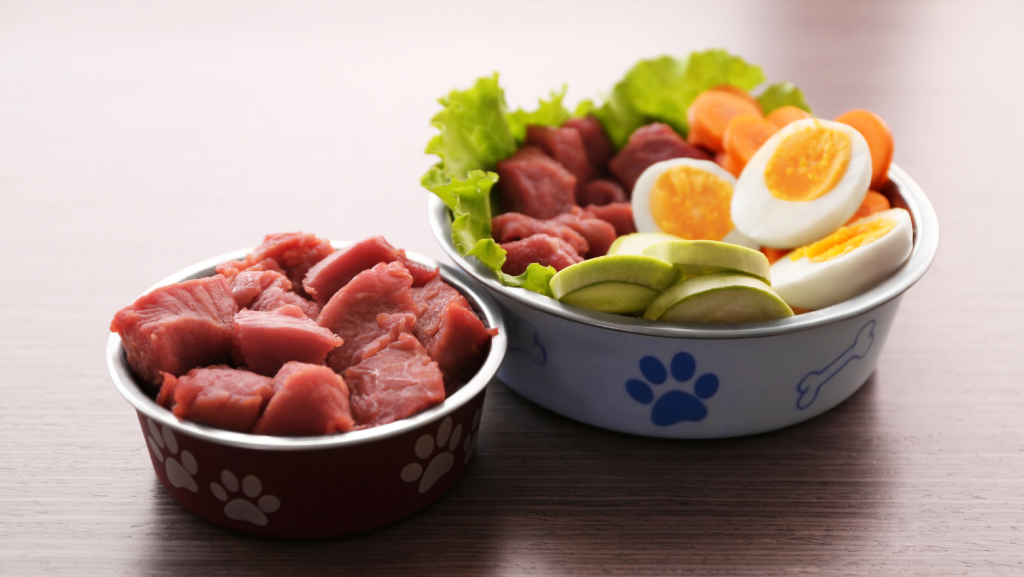
RAW dog nutrition
RAW dog food takes our four-legged friends back to the days of their ancestors, attempting to replicate the diet of wolves in the wild. The principles of RAW nutrition involve feeding dogs meat and meat by-products. However, from a veterinary point of view, this feeding principle is often incorrect, especially when the diet is not put together by RAW feeding specialists.
When feeding a pet a RAW diet, the meat is not cut up – the dog is allowed to eat as naturally as possible, chewing, gnawing, etc., which is very beneficial for the dog’s teeth.
The biggest disadvantage of the RAW dog diet is “meat syndrome” (calcium deficiency). Therefore, it is very important to note that this type of diet should consist of 80% meat (including some offal, such as heart), 10% organs (offal, half of which is liver), 10% mineral powder, and sometimes eggs.
When choosing a RAW dog diet, it is also very important to ensure the daily intake of protein, carbohydrates, fat, and micro and macro elements. Veterinarians advise owners who choose this feeding principle to have their pets undergo annual health checks and blood tests to ensure that their diet is complete.
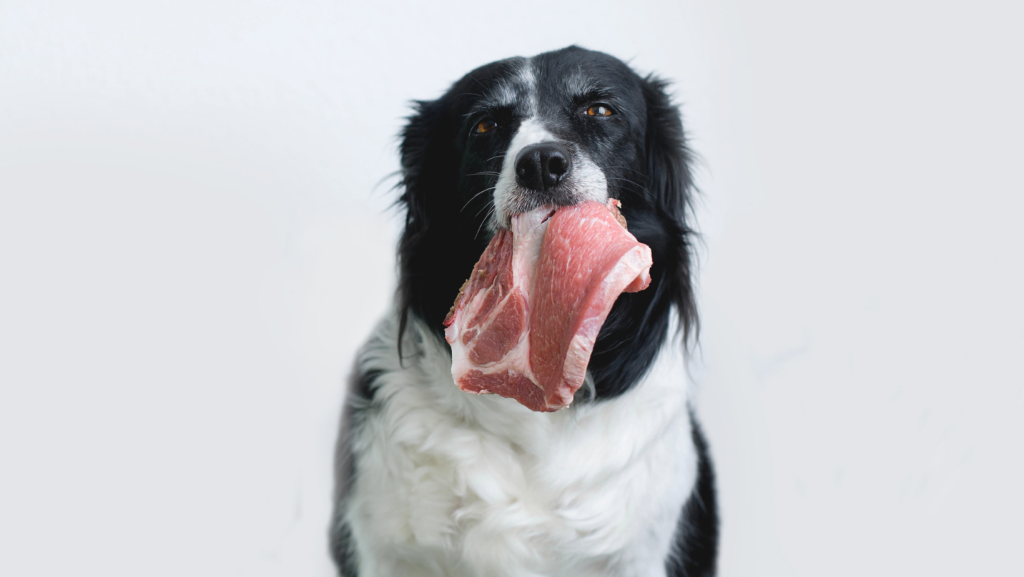
Products and their additives that should not be given to dogs
1. Alcohol
2. Avocado
3. Raisins and grapes
4. Chocolate
5. Caffeine
6. Sugar and xylitol
7. Salt
8. Yeast
9. Coconut
10. Macadamia nuts
11. Citrus fruits
12. Garlic and onions
13. Full-fat dairy products
14. Bones
The biggest mistakes in dog nutrition
- An improper calcium-phosphorus ratio in the diet, which disrupts bone development;
- Treats and food from the table are too salty and too fatty;
- A general and long-term deficiency of minerals and vitamins.
Many owners do not realize that dogs and humans have different digestive tracts and that what is suitable for humans may be unsuitable or even toxic to dogs. Different dog diets are chosen individually, taking into account the dog’s allergies and digestive tract sensitivity.
Can dogs be given bones?
There is always a lot of debate about whether dogs can be given bones. Most veterinary gastroenterologists share the same opinion. They do not recommend bones for dogs and give several reasons for this.
Raw meat bones are not very nutritious. Splinters from raw meat bones can injure not only the mouth, but also the entire digestive tract. Bones can also get stuck in the esophagus, stomach, or intestines.
In many cases, feeding bones to dogs ends up in the operating room of a veterinary clinic, where a surgical procedure is performed to remove the stuck bone.

Can dogs be given cottage cheese?
Dairy products often cause vomiting and diarrhea in dogs due to the lactose they contain. Veterinarians advise avoiding products high in lactose in your pet’s diet and choosing fermented dairy products instead, as they often contain less lactose.
Cottage cheese can be given to dogs. Dogs can also be given kefir and natural yogurt. It is very important that these products do not contain added sugar or other additives.
Veterinarians advise avoiding fatty dairy products in a dog’s diet. Fatty foods can cause liver and pancreas problems in dogs of all ages. By choosing low-fat, additive-free dairy products for dogs, you will increase the amount of protein in your pet’s diet and provide natural good bacteria for the intestines.
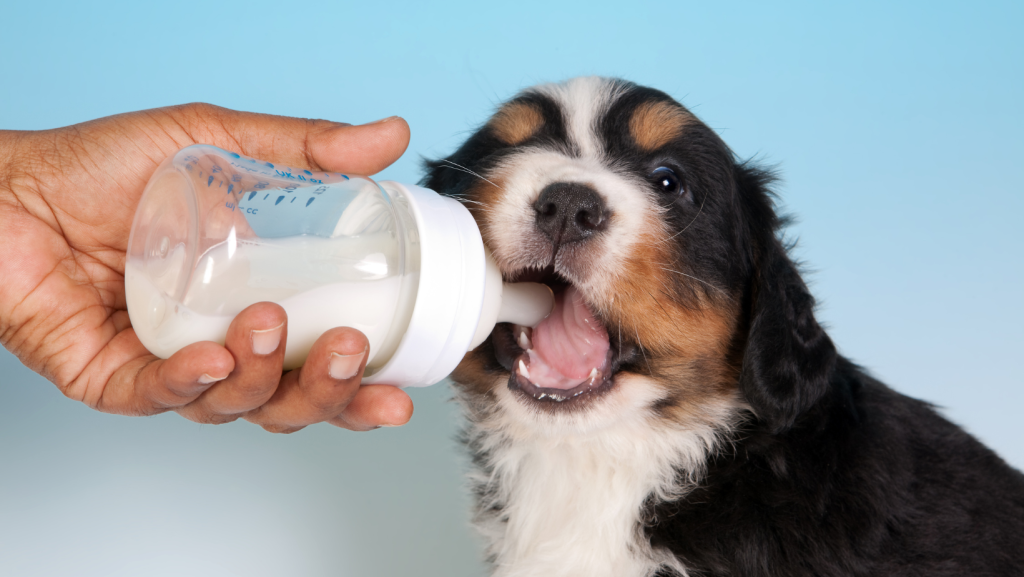
When should you consult a veterinarian about your dog’s diet?
The Begemotas Veterinary Clinic in Vilnius and its staff remind you that if you have any questions about your dog’s diet or if you notice that your dog has eaten a small amount of food that is harmful or poisonous to it, you should consult a veterinarian immediately.
The Begemotas Veterinary Medical Center uses all the most innovative and modern methods of poisoning treatment to ensure the easiest and fastest recovery possible, depending on the condition of the pet.
